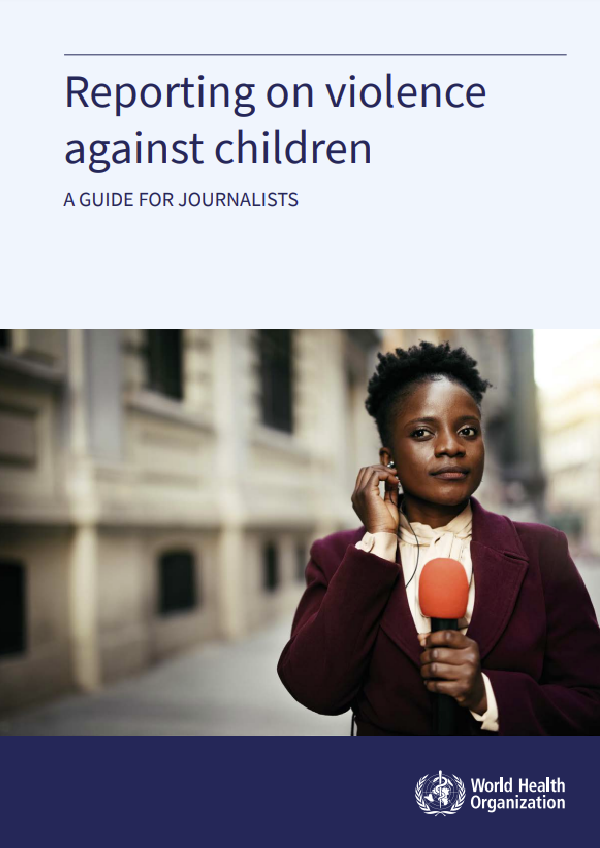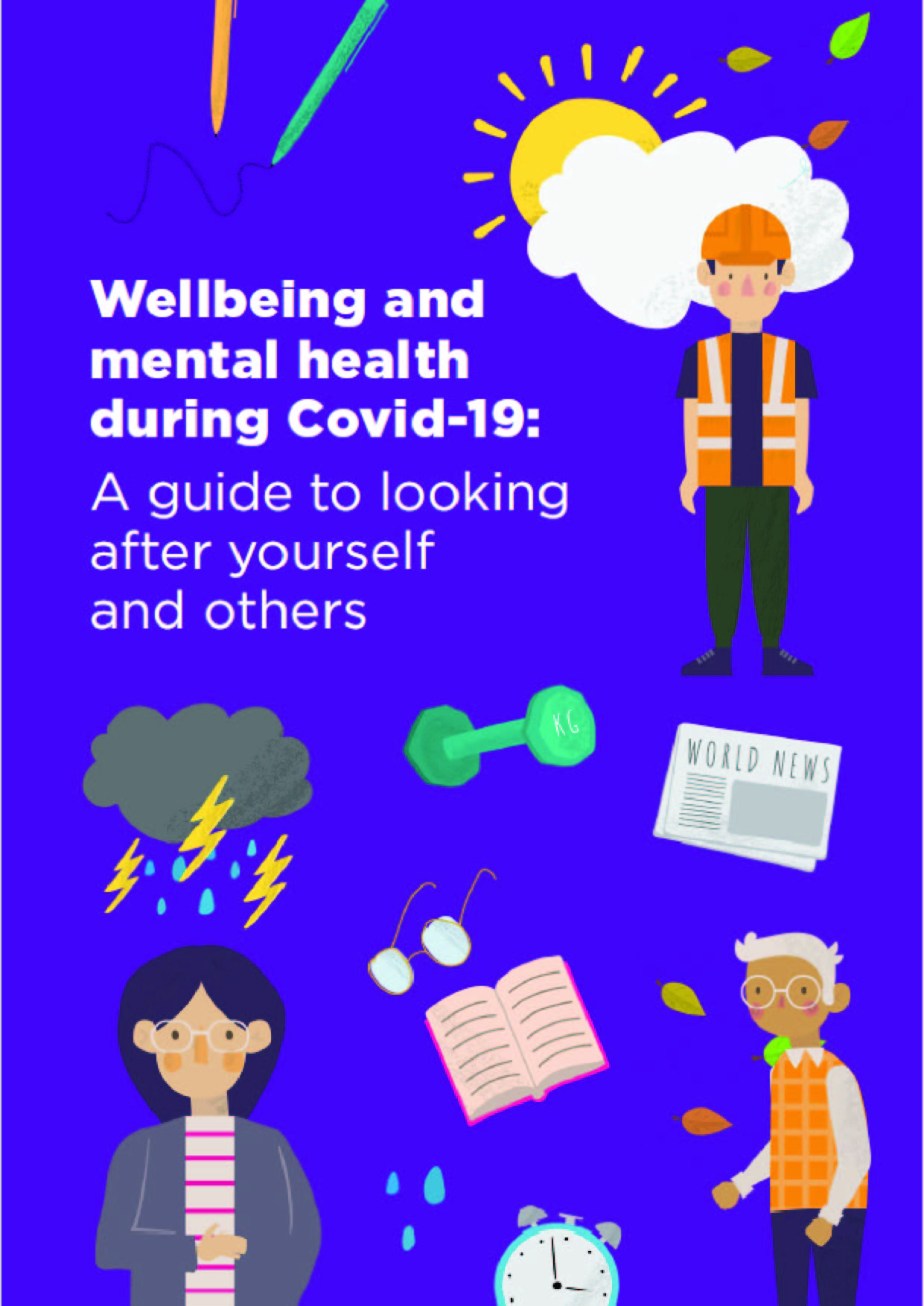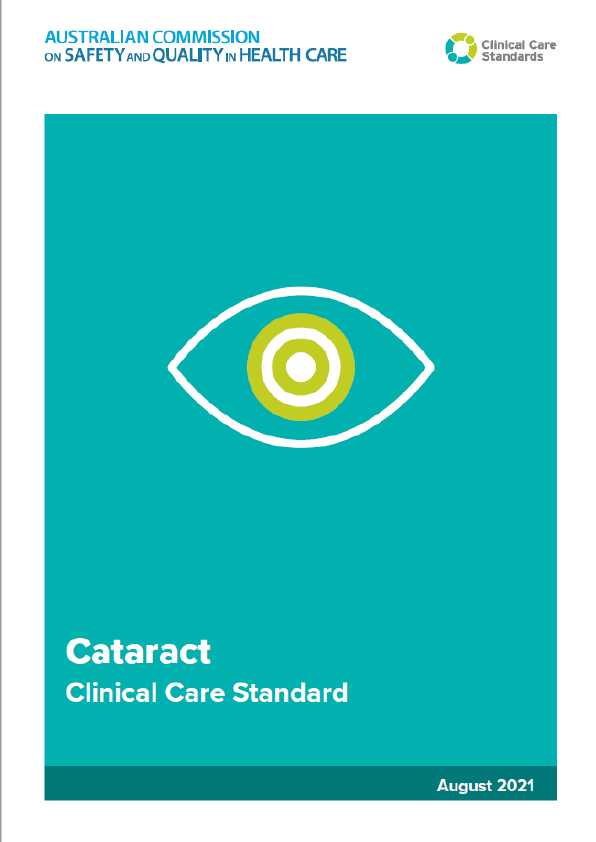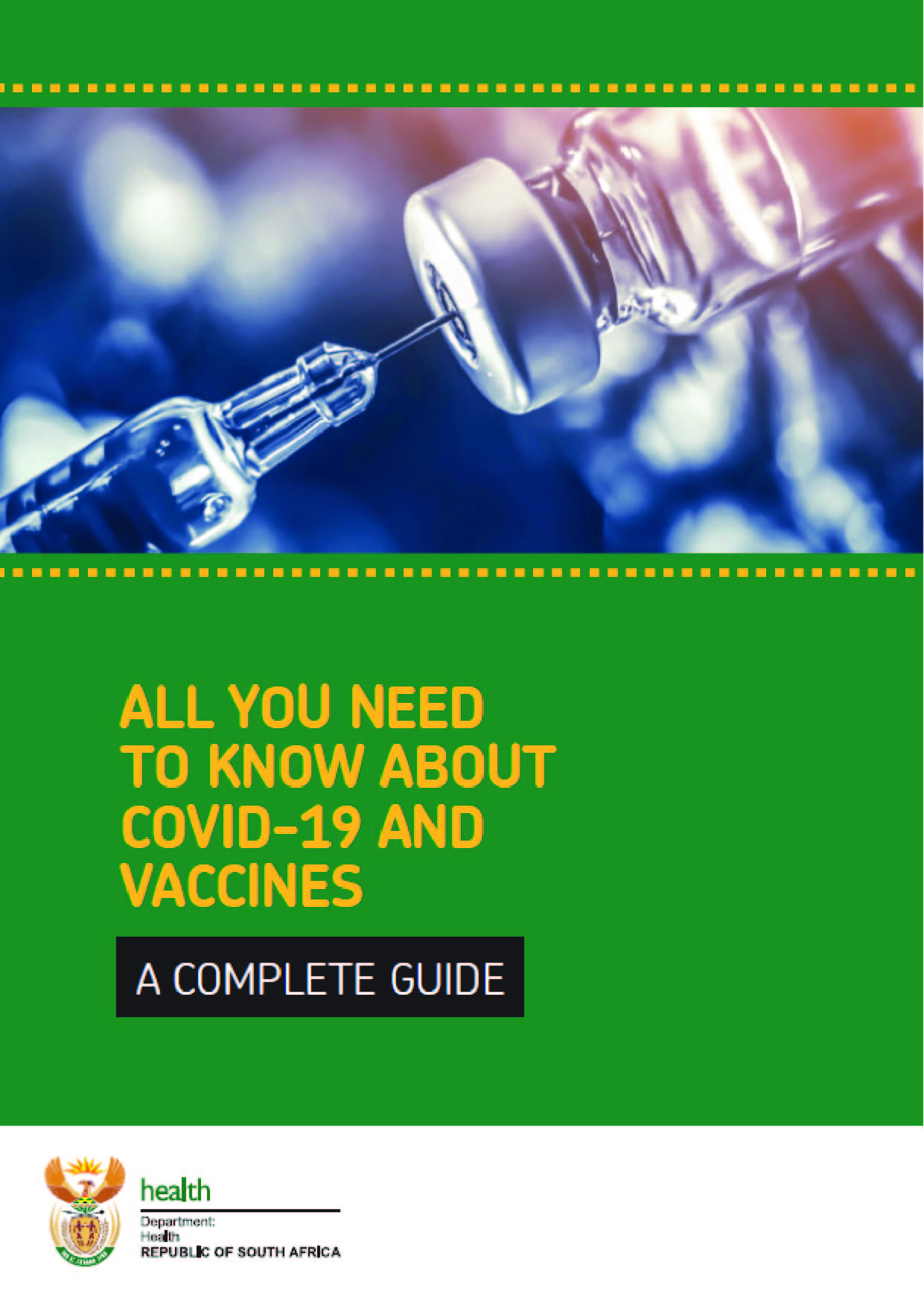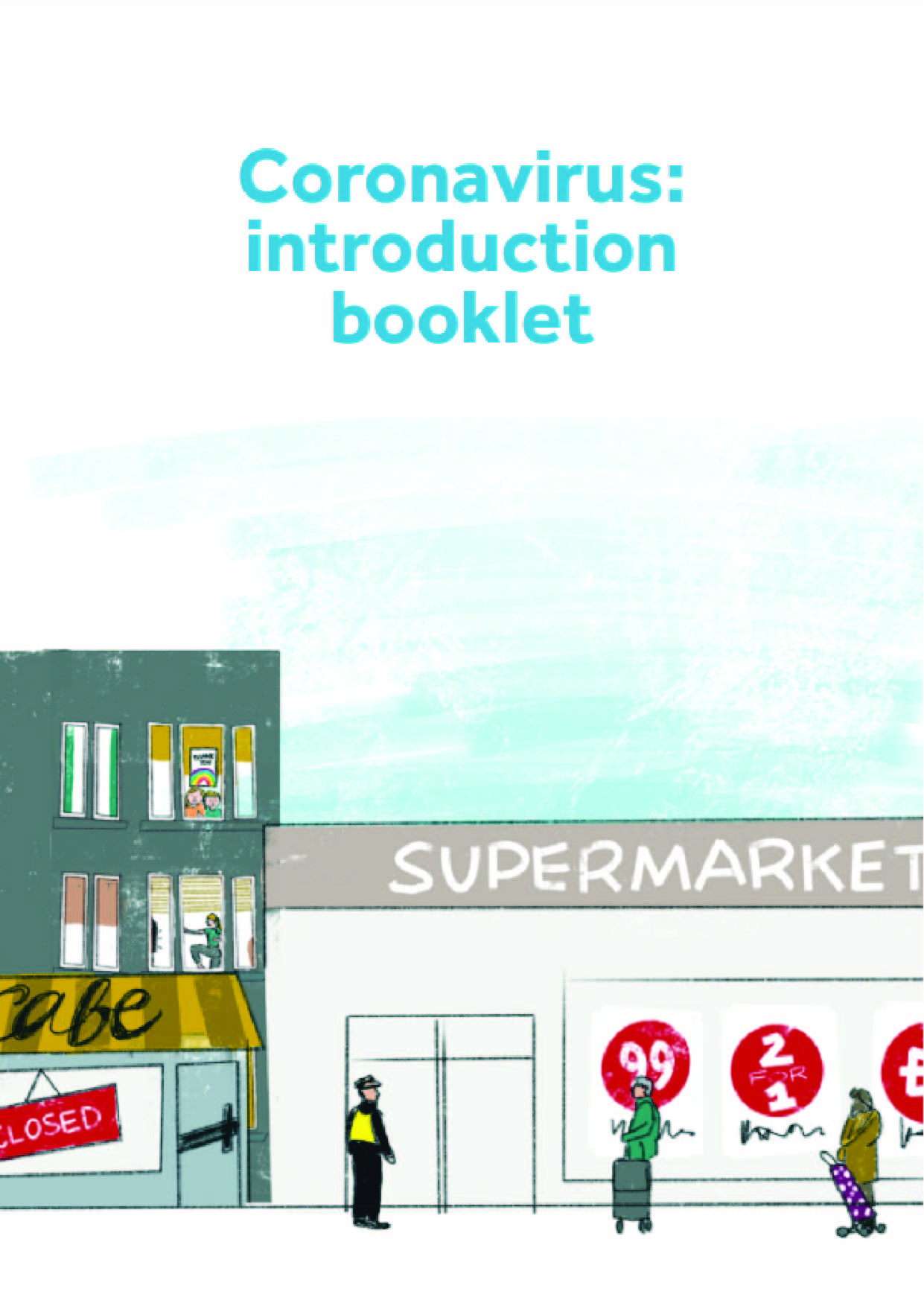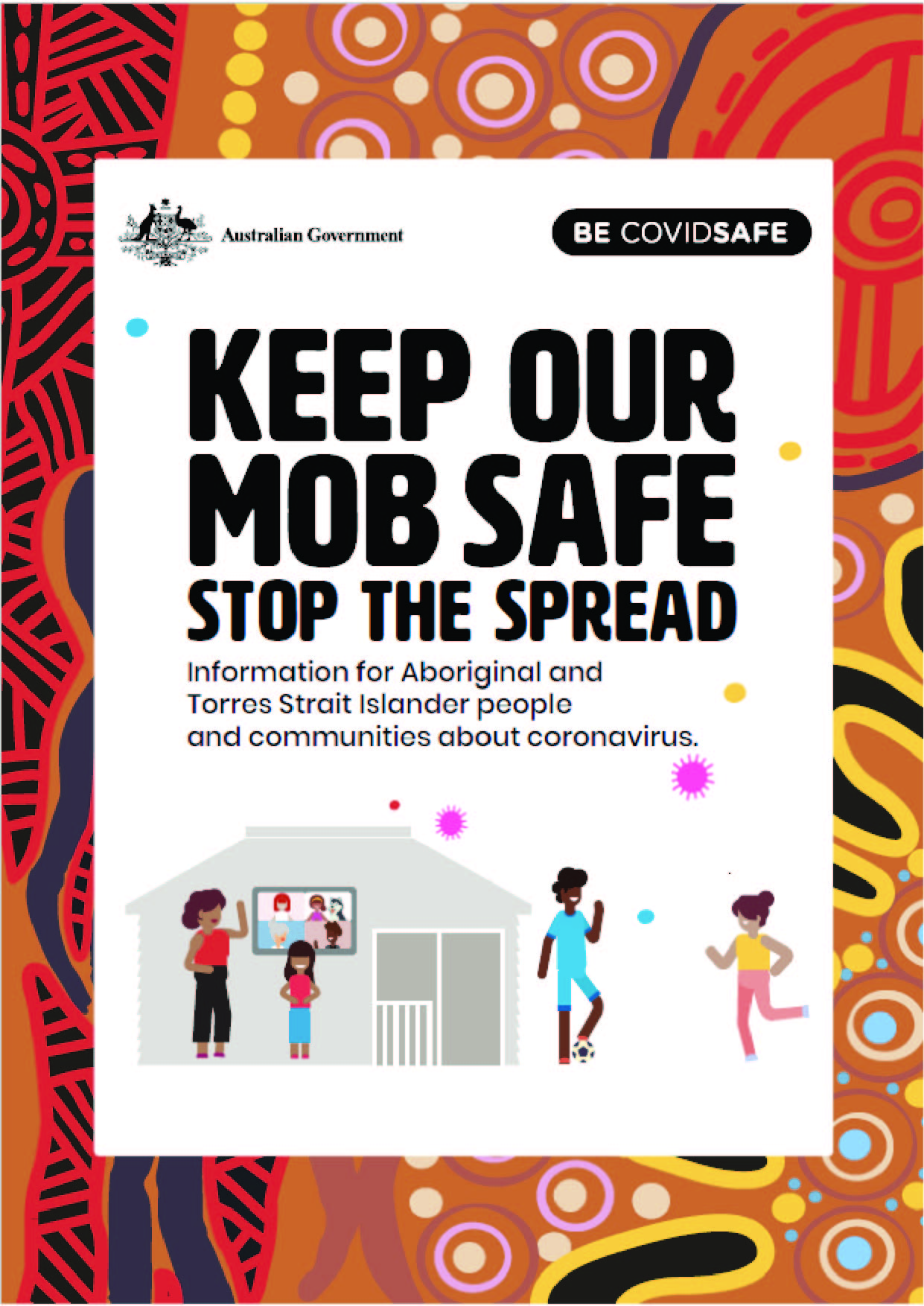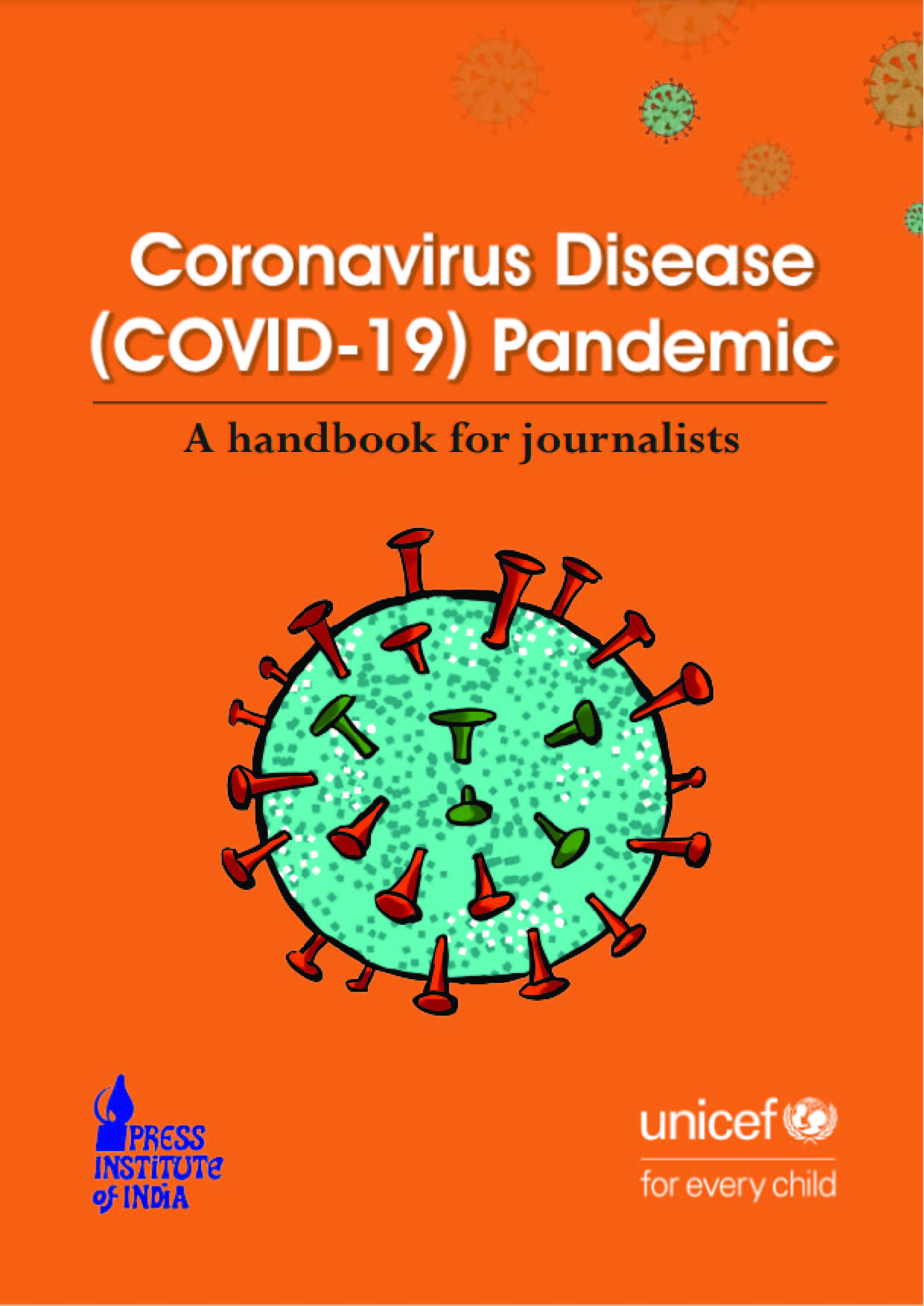There is a pressing need for journalists to understand the global health crisis that is violence against children and the many forms of violence against children that exist. This will help this crisis to end.
This guide aims to support journalists in exposing violence against children through stories that inspire and bring about meaningful change. As an emerging discipline in journalism, finding people with an in-depth understanding of violence against children, and its many contexts is not always easy. This guide has been designed to help journalists find those people and amplify the voices of the many children who have been, and continue to be, abused.
The harm caused by violence against children does not disappear with time or the onset of adulthood. It is a deeply traumatic experience that can leave children with a legacy of pain and suffering into adulthood, affecting entire communities and countries, often for decades. Millions of children around the world continue paying the price for political instability and adult decision-making that rarely includes long-term thinking or the importance of integrating child-focused policies into all state sectors.
In a world where children are still largely seen as unimportant, reporting on these forms of violence can change that narrative. It can give children the visibility and legitimacy they deserve and can help to make violence against children a thing of the past.
The following pages set out how this can be done.
Half of the world’s children experience violence every year yet it is an issue largely overlooked by the media. While governments continue to ignore child maltreatment, media outlets focus their reporting on violence against children in the contexts of war, conflict, and slavery, allowing child maltreatment to remain underexposed and unchecked. While reporting violence against children as part of the war, conflict, and slavery is essential, child welfare journalism must also investigate less visible forms of violence found in low-, middle- and high-income countries worldwide.
The good news is that there is a growing demand for empathetic, solutions-based journalism, rooted in evidence and able to build constructive responses to some of society’s most urgent problems: violence against children is one of them. There is also increasing public sensitivity to the way children are treated and portrayed by the media.
The purpose of this guide
This guide aims to help editors and journalists understand the forms and complexities of violence against children and their scale. It is designed to help journalists craft more in-depth stories on the subject and to identify opportunities to expand and sustain coverage of what is a critical public health issue.
It aims to guide journalists in exposing the harms caused by violence against children, and in exploring what can be done to prevent it. It also hopes to help enrich reporting on the subject through meaningful context and thought-provoking insight.
How the guide was developed
This guide is based on a review of existing guidance for journalists on how to report on violence against children, as well as interviews with journalists that have done so in the past. It served as the basis for a series of World Health Organization (WHO) training with over 50 journalists from more than 20 countries in 2021. Training participants reviewed the first draft, and their inputs were subsequently included in the final guide.
